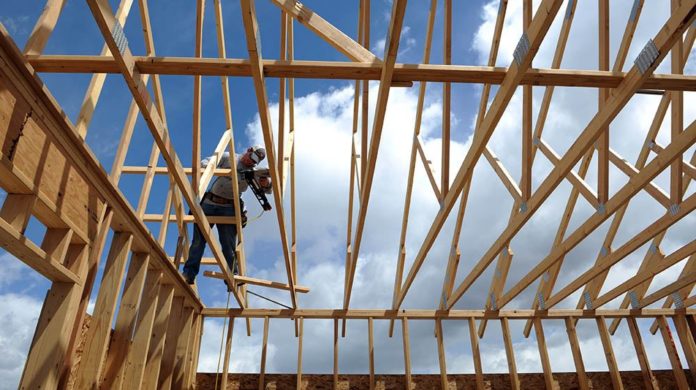It has taken a village – or multiple people from several villages – to raise a plan for Monroe County’s workforce housing crisis.
County commissioners won’t discuss it until the December meeting, but a plan has been put together called Goal 109. It’s a two-year initiative focused on speeding up the development of workforce housing in unincorporated Monroe County. The terms “workforce housing” and “affordable housing” are not interchangeable, according to Goal 109, and workforce housing is defined as housing for those who derive at least 70 percent of their income as members of the workforce in Monroe County. There was a shortage of places for employees at the median and low-income levels in the Keys to live since before Hurricane Irma, which worsened the situation.
Here are the basics of Goal 109.
In November of last year, county staff along with Commissioner Heather Carruthers, in discussions about the county’s exacerbated lack of workforce housing, evolved suggestions into amendments to the county’s land development code to incentivize the construction of workforce housing, and Goal 109 was born.
“It’s a combination of suggestions by BOCC and the Affordable Housing Advisory Committee, so you can’t really say it’s from one or the other,” said Christine Hurley, assistant county administrator.
Goal 109:
- Aims to streamline the approval process for workforce housing projects.
- Increases the existing workforce housing density throughout unincorporated Monroe by 50 percent.
- Eliminates the requirement of community meetings for workforce housing comprehensive plan and land development code changes.
- Eliminates the need for Planning Commission approval of projects over 20 units.
- Deed-restricts projects for 99 years.
Bill Hunter, president of the Lower Keys Alliance, sat on the AHAC when it was formed in 2015 and has been following affordable housing issues ever since.
“Today’s zoning allows 25 units per acre in urban residential areas and 18 units in mixed-use and suburban commercial zones,” he said.
A mixed-use zone can have a blend of homes, commercial spaces and schools. “So Goal 109 increases the units by 50 percent – so 37.5 in urban residential, and 27 in mixed-use and suburban commercial – for two years.”
“Why would we want to increase the density? Because doing so allows you to build more studios and one-bedroom apartments,” he said.
But how?
“You have a limited amount of space within one acre on which to build,” Hunter said. “With the existing density, you could build two-bedroom and three-bedroom apartments in the space and not even reach 18 units. If you don’t have any room left to build anything, why would you want to go up to 27 units? Because you could take a three-bedroom and make it three studio apartments, although you’d have to build more kitchens.”
Hurley said the main concern from residents has been the double-density part, because of concern over excessive development.
Other concerns, Hunter said, are that Goal 109 will be extended, and that whatever gets approved during the two years will be deed-restricted for 99 years.
Hurley said the initiative will most likely come up for discussion at the December BOCC meeting, and it requires approval from the state Department of Economic Opportunity. It wouldn’t be implemented for another six to eight months from now, she said.



























